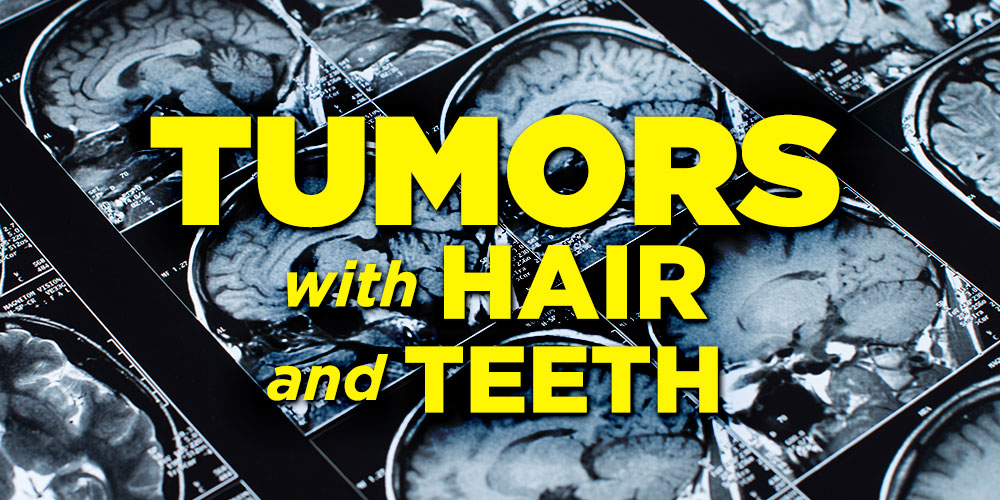Table Of Content
- What can I expect if I have an ovarian cyst?
- Dermoid cyst
- Ovarian Dermoid Cyst Symptoms and Complications
- What does it feel like when you have a cyst on your ovary?
- Who is affected by ovarian dermoid cysts?
- What to know about cysts
- Like all tumors, dermoid cysts form when something goes awry during the normal cellular development process.

Removal of a testicle will affect your sexual health, sperm counts, and fertility. There’s often more than one treatment available, so discuss the options with your doctor. In some cases it’s necessary to remove a part or all of the ovary.
What can I expect if I have an ovarian cyst?
For a dermoid cyst to form, skin cells, tissues and glands typically found in skin collect in a sac. These glands continue to produce fluid, often causing the cyst to grow. If your provider finds a teratoma during the fetal stage of development, they’ll monitor your pregnancy closely. Small teratomas usually aren’t threatening and shouldn’t disrupt delivery. Large teratomas may require early delivery via C-section. Rarely, you may need fetal surgery to remove the teratoma before it leads to serious complications.
Dermoid cyst
A doctor may recommend surgery to remove the cyst or aspiration (draining). Because most dermoid cysts are present at birth, you’re unlikely to develop one later in life. Dermoid cysts are usually harmless, but you should discuss the pros and cons of surgical removal with your doctor.
Ovarian Dermoid Cyst Symptoms and Complications
Large tumors are more likely to be diagnosed early on. Sacrococcygeal and cervical teratomas are often detected by prenatal ultrasound. Additional diagnostic methods may include prenatal magnetic resonance imaging. In rare circumstances, the tumor is so large that the fetus may be damaged or die. A teratoma is a type of germ cell tumor — a tumor that starts in your reproductive cells like eggs and sperm. Most teratomas are benign (noncancerous), but sometimes they can become malignant (cancerous).
A healthcare provider will do a physical examination and ask about your symptoms and medical history. They may also recommend tests to confirm a diagnosis. Immature ovarian teratomas are usually found in girls up to their early 20s.
However, there are other complications that can arise from developing a dermoid cyst – although these aren't very common. Sometimes large dermoid cysts cause twisting of the ovary (ovarian torsion), which can result in abdominal or pelvic pain. They form in response to your body’s changes during your menstrual cycle. Less commonly, ovarian cysts form for reasons unrelated to menstruation.
This tissue grows in or under your skin in an unexpected location. Anytime you notice a new lump or bump on your skin or persistent abdominal pain, you should schedule a visit with a healthcare provider. They can run appropriate tests and give you a diagnosis. In most cases, these tumors don’t spread like aggressive cancers. As a result, most teratomas — even cancerous ones — have excellent survival rates with early diagnosis and treatment.
Management and Treatment
Ovarian cyst surgery may be avoided, if possible, especially if you're of reproductive age and hoping for pregnancy. Tissue from sweat glands can form inside of the cyst, too. These glands secrete an oily fluid called sebum that causes your cyst to grow.
Vanishing Twin Syndrome: Woman Stunned to Find Nails, Hair, Teeth in Lump - Newsweek
Vanishing Twin Syndrome: Woman Stunned to Find Nails, Hair, Teeth in Lump.
Posted: Sat, 17 Feb 2024 08:00:00 GMT [source]
Like all tumors, dermoid cysts form when something goes awry during the normal cellular development process.

They occur during fetal development when certain cells become trapped. These cells then grow into mature tissue cells, resulting in the presence of hair and teeth. They are present at birth as they develop as an embryo grows. "Ovarian cysts (fluid filled collections) are very common," explains Dr Bajekal. Teratomas often contain teeth, hair and other tissues because they form in your germ cells.
More commonly, they can cause the ovary to twist and stop blood flow to the ovary, according to Mayo Clinic. Five doctors and an ultrasound later, she learned she was housing a large dermoid cyst the size of an orange on her right ovary. Many cysts are benign, and they may not cause any symptoms. A person may not know they have a cyst, and the cyst may go away on its own. However, some cysts can be cancerous, so it is best to contact a doctor as soon as a person has concerns about a cyst. However, if a cyst does not go away or grows larger, it may require treatment, such as surgery to remove it or aspiration.
The article’s authors note that they have a growth rate of 1.8 millimeters (mm) per year in those who have not experienced menopause. People may also refer to them as mature cystic teratomas. If a dermoid cyst in an ovary is malignant, your prognosis will be determined by the cyst's growth pattern, invasiveness, and stage. The cyst's response to treatment is also a significant prognostic factor. A dermoid cyst smaller than 6 centimeters (cm) may remain intact, provided it doesn’t grow by more than 2 cm annually.
A fetiform teratoma resembles a parasitic twin (fetus in fetu). Fetus in fetu only occurs in twins who both share the same placenta and have their own sac of amniotic fluid. In 25 percent of cases, dermoid cysts are found in both ovaries.
But it’s possible for someone to walk around with a dermoid cyst without knowing it for a long time. “Even ones on the face can be pretty inconspicuous,” Dr. Georgopoulos says. People should contact a doctor if the cyst is causing symptoms, such as lower abdominal pain. Epignathus is a rare teratoma originating in the oropharyngeal area that occurs in utero. It presents with a mass protruding from the mouth at birth. An EXIT procedure is the recommended initial treatment.
Cystic teratomas usually are grade 0 and, conversely, grade 0 teratomas usually are cystic. A woman has gone viral on TikTok after discovering hair and teeth growing in her uterus – something known as a dermoid cyst. If you already know you have a teratoma, or had surgery to remove one, you should call your provider if you develop pain or other new symptoms.
















